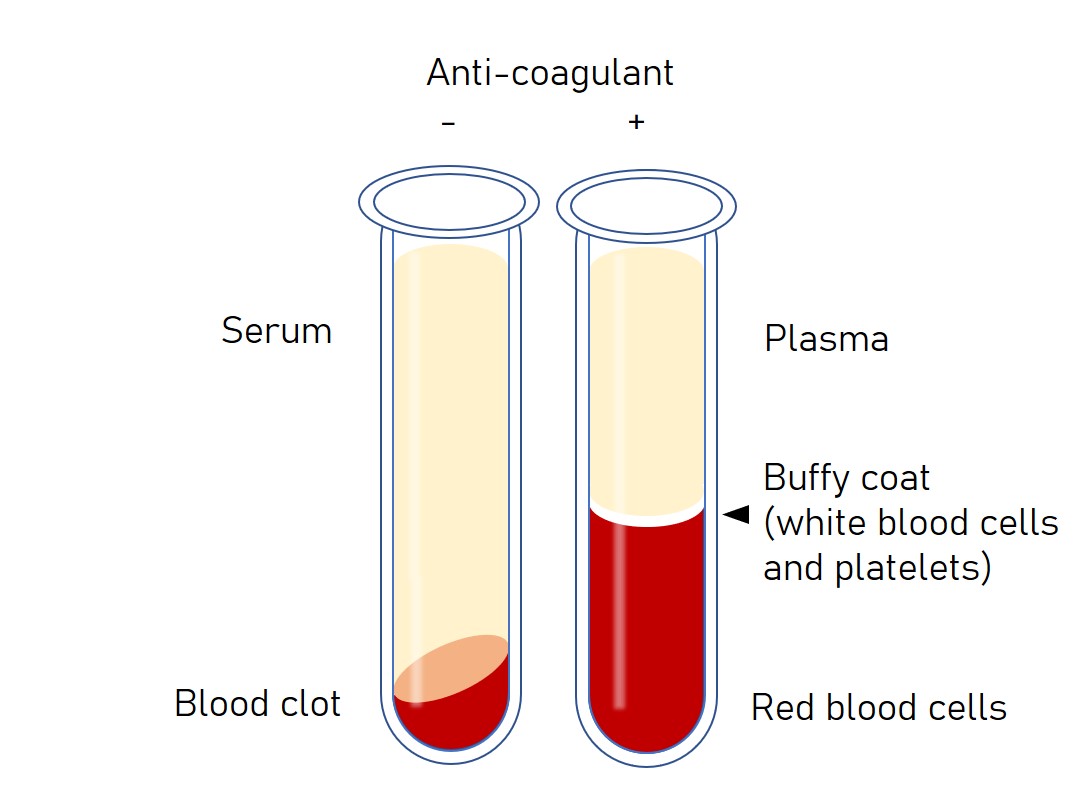[ The Front / intro / lec1 / comments / lec2 / lec3]
in general, there are 2 types of sampling(on the major level) plasma and serum, each of which is obtained by eiher the presence or the absence of the antigoagulant:
we learnt a bit about erythrolysis that may occur due to many factors, most of which are either related to the tube itself, the way we inject the needle and withdraw the blod, and, the volume difference which may lead either to osmosis or to passive osmosis
we learnt a bit about the tubes themselves, each color, or colour, depending on what anglo culture you prefer, embodies a test-related substrate/process

